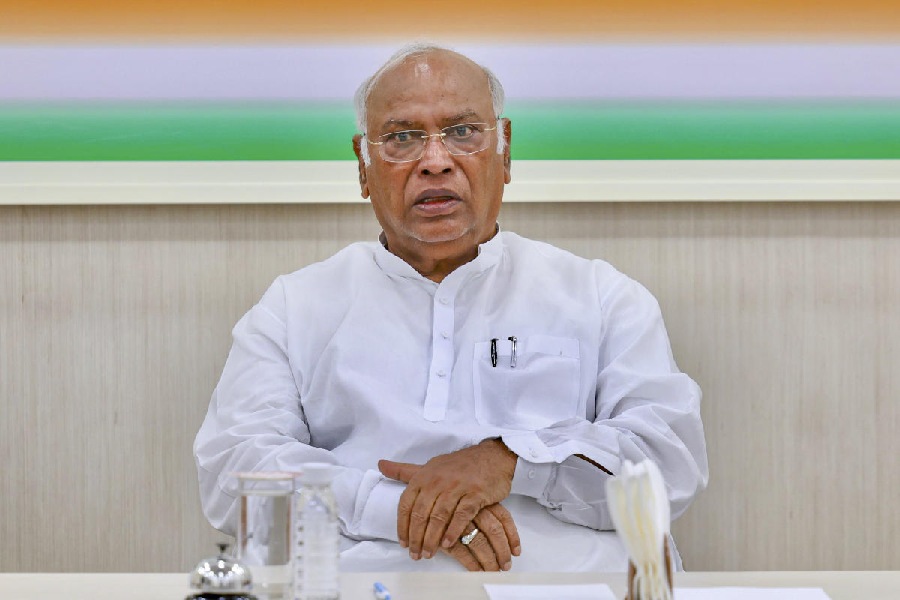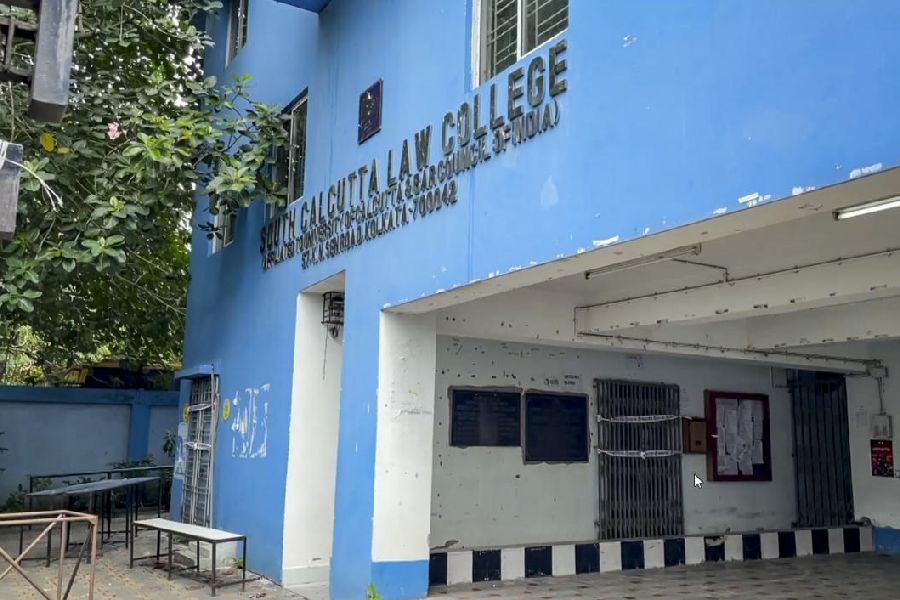
Patna, Aug. 6: Flood threat looms large on Bihar with many rivers flowing above the danger mark on Sunday.
Water from Falgu river submerged the Jehanabad-Nalanda stretch on National Highway 110, snapping connectivity and even drowning the bridge at Jhunki.
Eight villages under Bharthu panchayat in Jehanabad is equally affected.
Yogendra Sahu, a resident of Bharthu panchayat in Jehanabad, said: "This morning, water invaded our village, affecting hundreds of villagers and damaging houses. We fear that water may rise and force us to leave the village."
The situation can worsen further in case the water-level continues to rise owing to heavy rain in Nepal, Jharkhand and Uttar Pradesh.
The India Meteorological Department has forecast light to moderate rain in the catchment areas of most rivers in Bihar in the next 48 hours.
Unlike many other states of the country, Bihar not only faces the flood problem due to excessive rainfall but floods come to haunt this state, particularly its northern districts, in case of excessive rainfall in Nepal.
Many rivers, which drain through north Bihar districts, have their origin in Nepal and cause flood to Bihar.
According to Central Water Commission (CWC) officials, rivers flowing above the danger mark include Punpun (9cm at Shripalpur in Patna), Gandak (by 40cm at Dumarighat in East Champaran), Bagmati (by 42cm at Benibad in Muzaffapur) and Kosi (by 129 cm at Baltara in Khagaria).
Bihar has witnessed two very disastrous floods in the past decade. In 2007, it affected over 20 districts, mostly in north Bihar, owing to heavy rainfall in catchments of almost all major rivers of the state.
Things turn worse in August 2008, when an unprecedented flood occurred owing to breach in Kosi embankment near Kusaha village in Nepal.
It turned out to be a catastrophe, affecting lives of lakhs of people in Sunsari and Saptari districts of Nepal and Supaul, Madhepura, Araria, Saharsa, Katihar and Purnea districts of Bihar.










